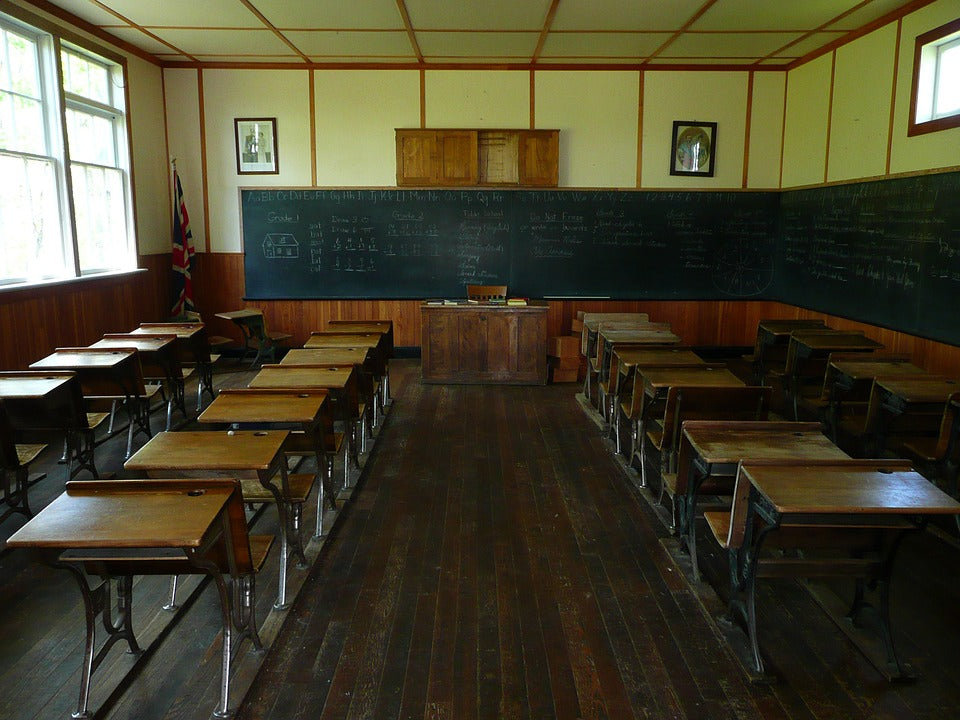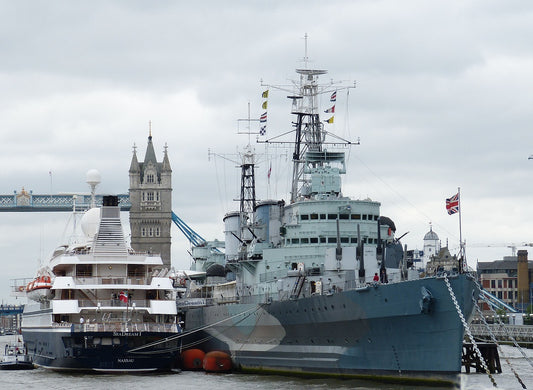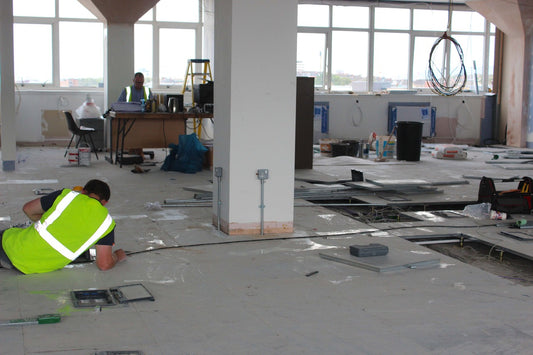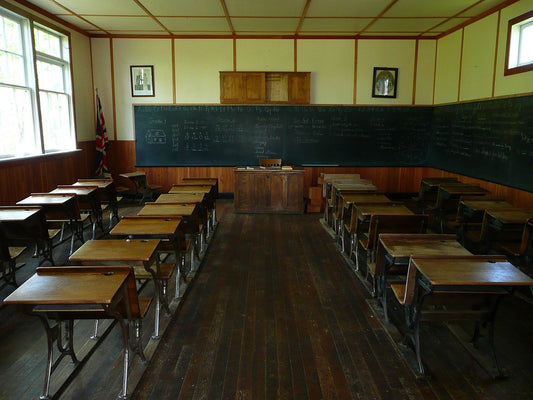Asbestos in Classrooms is Killing Teachers and Pupils

Geoffrey Lee dedicated most of his life to teaching. Now at 72 he is dying from mesothelioma, a cancer he developed from exposure to asbestos in classrooms.
The type of asbestos he was exposed to is blue crocidolite. The material was extensively used in construction before 1985 when it was banned in the UK. It is also the worst type of asbestos to come into contact with because it is friable and easily broken.
For a decade Mr Lee breathed in the lethal fibres that emanated from the plasterboard in the classrooms, at the Newport College where he worked. He remembers dust being present but being told that it wasn’t hazardous to health. It was only in the 1980s that he learned about the dangers of asbestos. His concern is that other teachers and of course pupils who attended the Further Education College in Nash Road will also have suffered the same exposure. Read the full story here
Artwork display boards
Gina Lees, whose career spanned 30 years in teaching, died aged 51 in 2000 from mesothelioma. Her husband Chris, not satisfied with what he was told officially about her death, started to research. He now believes that her death could have been prevented had she not been exposed to asbestos in classrooms.
Artwork display boards and insulation boards contained asbestos prior to 1999. Remember how proud we were as pupils when our teacher pinned our pictures up in class? That act alone, when using drawing pins, released lethal fibres into the air, 6,000 per pin to be precise! Chris Lees founded Asbestos in Schools Group when he found so many teachers had suffered a premature death due to asbestos exposure. According to Health & Safety Executive the current figure is 19 deaths per annum. You can read the full information about Chris’s efforts to spread awareness here.
The ongoing problem of asbestos in schools
From 1945 to the early 1980s there was a boom in the construction of schools. The main types of this natural mineral contained in construction materials were blue asbestos (crocidolite) and brown asbestos (amosite). Both types are considered to be extremely hazardous to health. Amosite carries a higher risk for causing mesothelioma.
Whilst left undisturbed asbestos containing materials don’t pose a threat. However, in the normal course of school activities the potential for disturbing it is higher. Children carving their names into classroom walls that have been covered with asbestos board it may result in disease many years later. Teachers pinning up work and pictures carries the same risk.
Testing for asbestos in classrooms
The HSE acknowledges that buildings constructed before the year 2000 are likely to contain asbestos containing materials. This includes residential, commercial and industrial properties as well as hospitals and schools.
If you are a teacher working in an environment you believe may contain asbestos fibres, ask the school to test for it. If a private school, asbestos self testing kits are available at minimal cost to the budget. In state schools pressure the council to test. Asbestos in classrooms is killing people who have been exposed to it.





